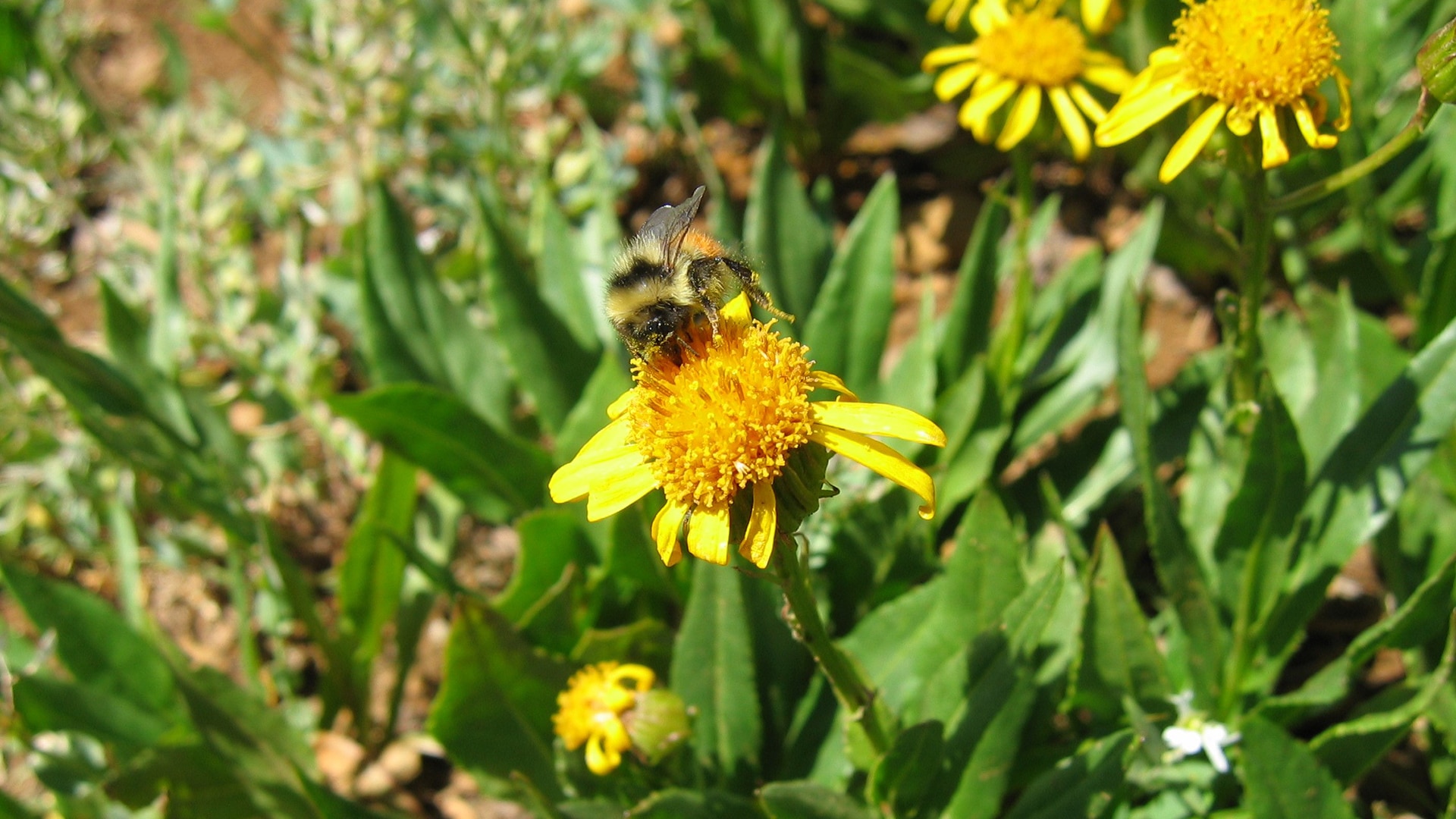Researchers discover new bumblebee species
Facilitated by the SciLifeLab National Genomics Infrastructure (NGI) and the Bioinformatics platform (NBIS), researchers from Sweden and the US have discovered a new species of alpine bumblebee. The new species is named Bombus Incognitus and the results of the study have been published in the journal Molecular Biology and Evolution.
There are more than 250 species of bumblebees in the world and they all play a vital role in the pollination of plants and crops. Most species can be found in northern temperate regions, which makes them extra vulnerable to climate change, especially those with alpine and arctic habitats. Many species are already declining. The full diversity of bumblebee species in such areas is unclear.
In a recent study, led by SciLifeLab researcher Matthew Webster (Uppsala University), an international team of researchers studied bumblebee diversity in the Rocky Mountains, Colorado, by collecting hundreds of samples and sequencing their genomes. When analyzing the data, the researchers realized that they had discovered a completely new species, similar to the species Bombus sylvicola in appearance, but clearly distinct at the genetic level. They named the new species Bombus incognitus.
The researchers were able to shed some light on the origin of the new species by comparing the genomes of Bombus sylvicola and Bombus incognitus. They found that gene flow had taken place between the two species but also identified incompatible parts of their chromosomes, acting as genetic barriers during the process. These barriers are most likely what caused the species to separate.
Their results suggest that there might be a lot more arctic and alpine bumblebee species out there than previously thought. The mountainous terrain might even help to promote speciation by isolating cold-adapted populations on high altitudes during periods of warming in their evolutionary history, thus leading to the formation of new species. By analyzing other species of bumblebees, the researchers believe it is possible to find even more cryptic species that have so far gone undetected.
Read the press release from Uppsala University.
Photo: Jennifer Geib





